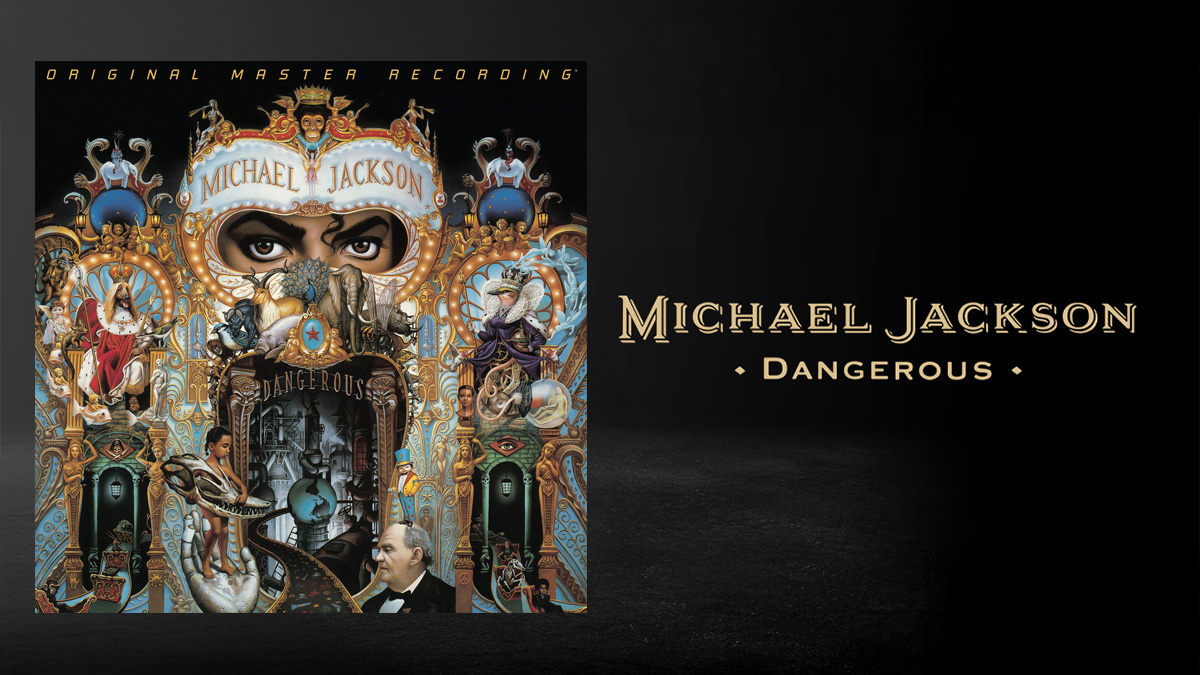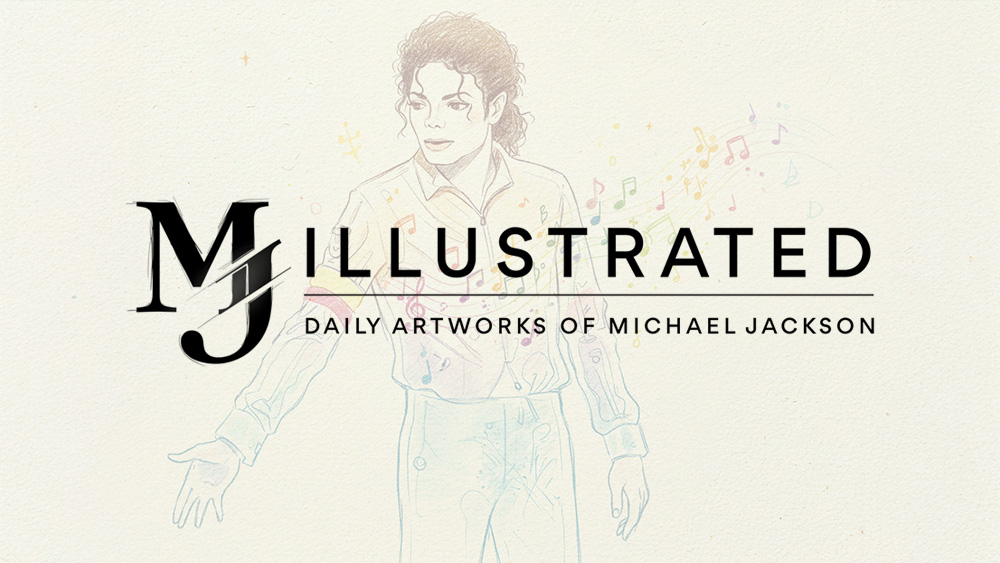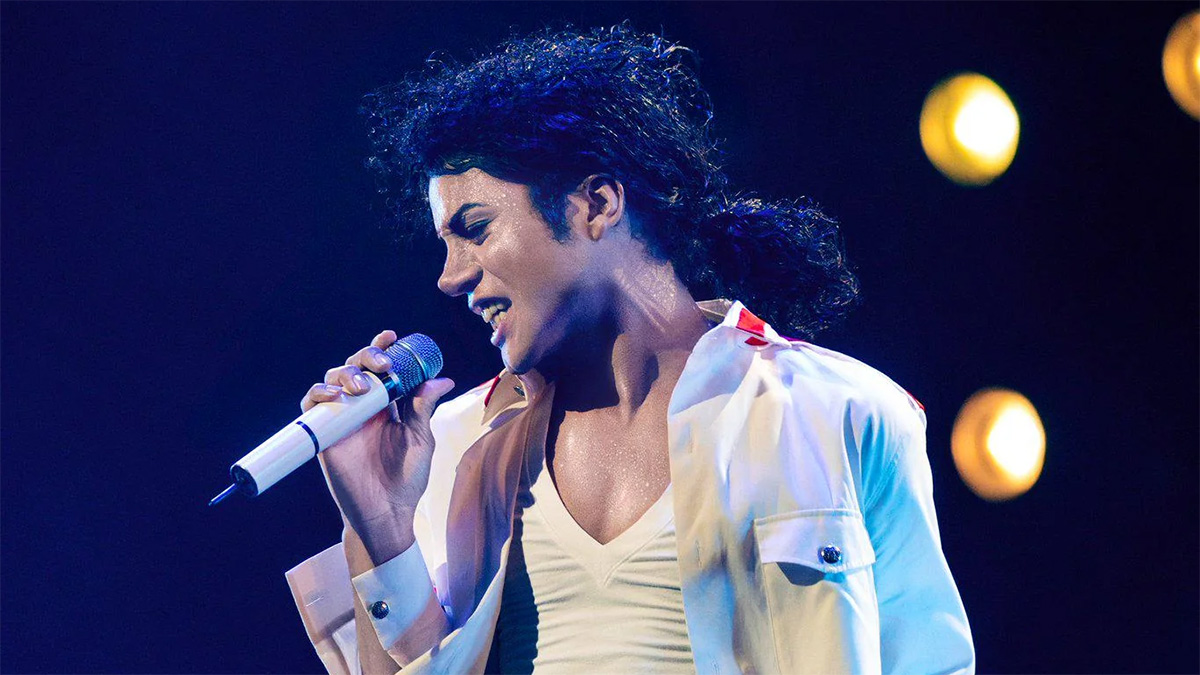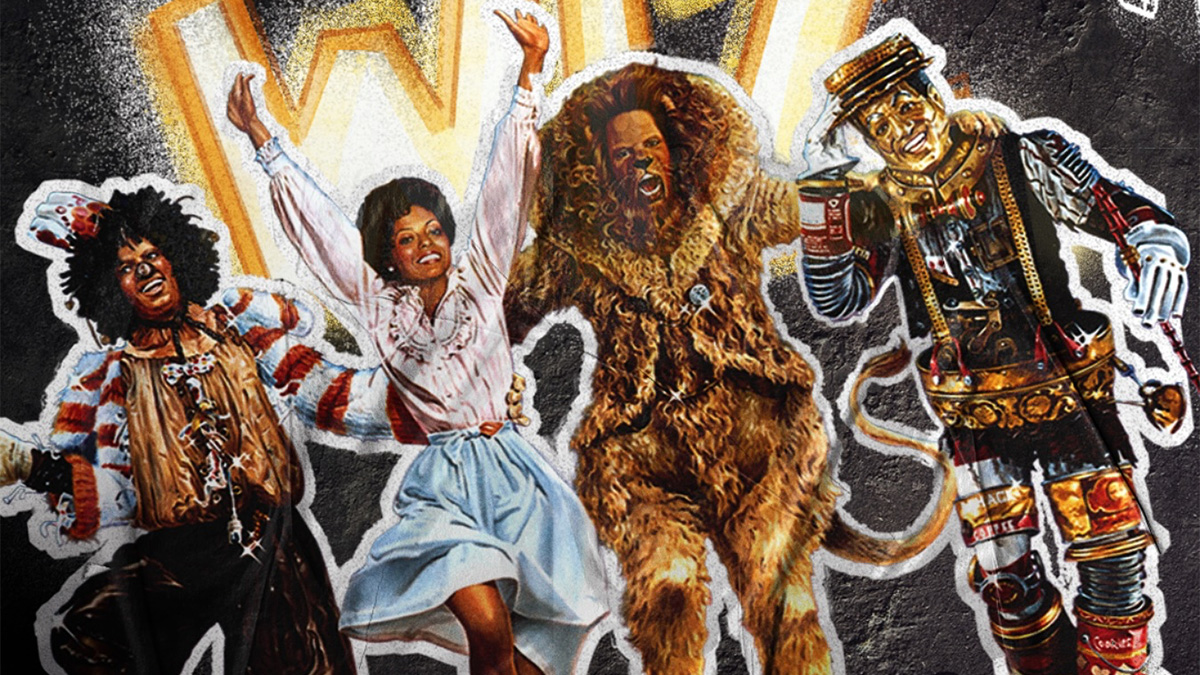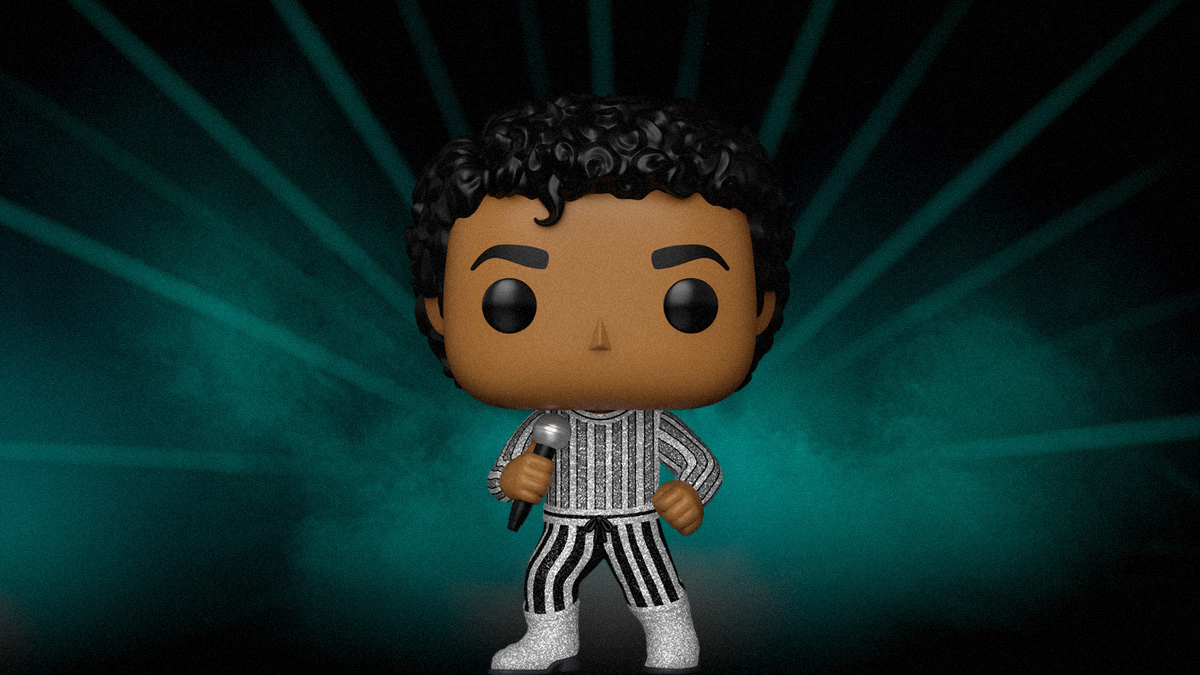Hologram Patent Lawsuit
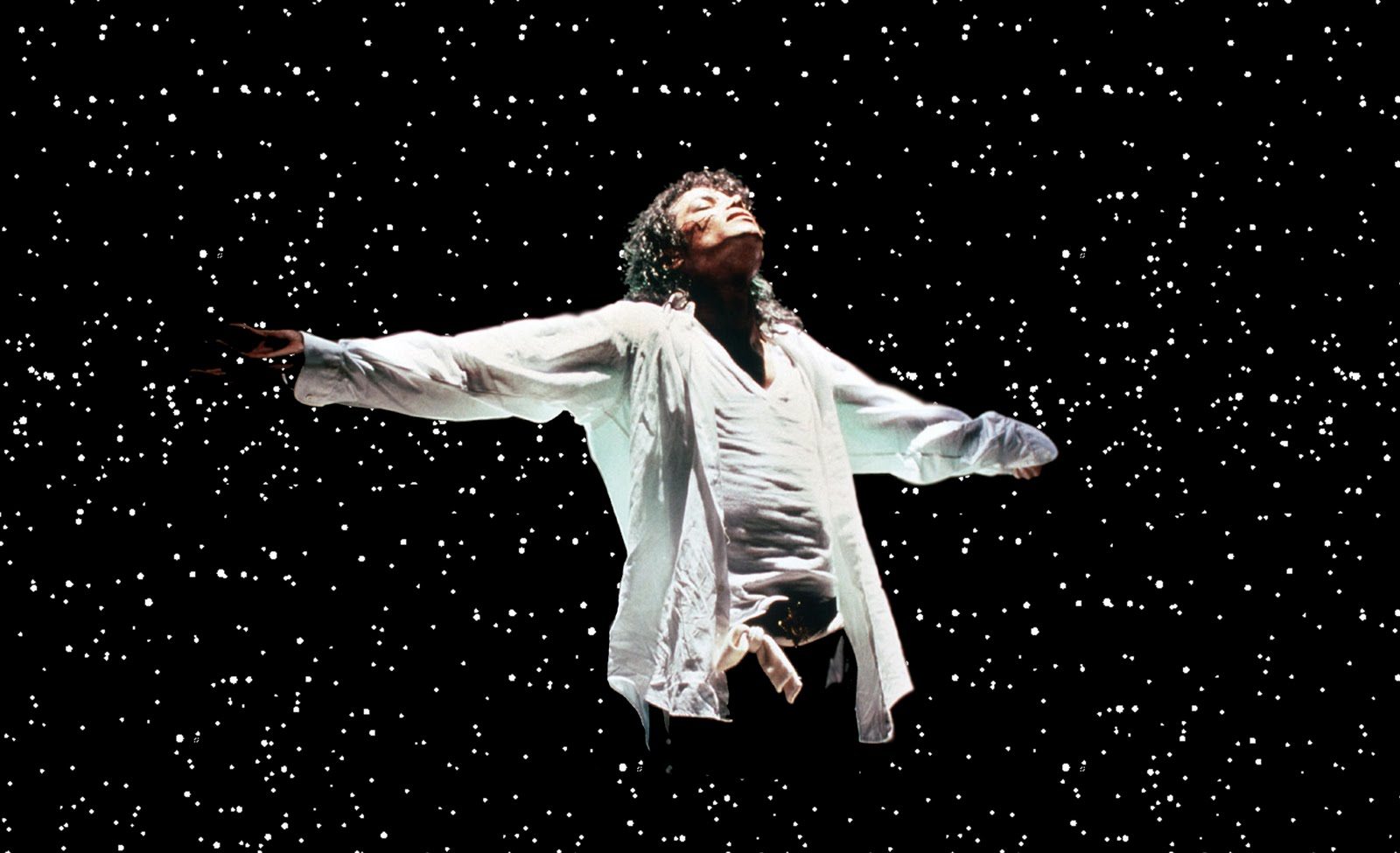
Two years ago, a hologram of Tupac Shakur at the Coachella Music Festival had people wondering about what might be next in concert possibilities. Now, the technology that created the spectacle has landed in the hands of a noteworthy billionaire: Alki David, the eccentric one who attempted to transform the television business with streaming technology before Aereo stole his thunder and TV broadcasters unleashed their legal guns on him.
Now, David finds himself on the flip side of the intellectual property coin. His FilmOn and hologram-maker Musion are the plaintiffs in a lawsuit filed on Monday against Cirque du Soleil and MGM Resorts for allegedly infringing patents to create a hologram used in the final scene of ‘Michael Jackson: ONE,’ the resident acrobatic production at Mandalay Bay Theatre in Las Vegas.
The complaint filed in California federal court begins with some history.
“In 1862, John Pepper and Henry Dircks invented ‘Pepper’s Ghost,’ an illusion technique, which, over the last 150 years, has appeared in movies, concerts, magic shows and amusement park rides,” says the lawsuit. “Today a new incarnation of Pepper’s Ghost exists — Musion Eyeliner technology. Musion Eyeliner uses a patented system to project three-dimensional images virtually indistinguishable from real life bodies.”
David was apparently impressed upon seeing the technology being used to create the deceased rapper Tupac appearing on stage with Dr. Dre and Snoop Dogg. He says he recently bought the exclusive license to Musion’s patent and has started up a company called Hologram USA with a showroom at the FilmOn Studios on Canon Drive in Beverly Hills.
Why? He’s got plans. “We already agreed on hologram performances with Flo Rida and the late Amy Winehouse,” he says. “Many other shows are coming.”
But first comes some score-settling about who owns rights to hologram technology. David says he’s about to file a slew of lawsuits. This ‘Michael Jackson ONE’ is the first.
The new lawsuit mentions two patents at issue: One for a device for displaying moving images in the background of a stage and one for a projection apparatus and method for pepper’s ghost illusion.
“Although it has been widely acknowledged that Defendants employ the technology to create a three-dimensional hologram of Michael Jackson in Cirque du Soleil’s ‘Michael Jackson: ONE,’ Defendants do not possess a valid license to practice that technology.”
The show has been enormously successful and has helped the Michael Jackson estate reap almost a billion dollars in revenue since the King of Pop’s passing in 2009. The lawsuit claims that since the technology behind the Tupac hologram got so much press attention, the defendants knew or should have known the system was patented. The plaintiffs demand an injunction and maximum damages for wilful infringement.
The hologram is the climax of the 26-scene show, which never has a performer portraying Michael onstage. Instead, the show strategically uses video and audio footage of the singer throughout the plot’s peaks and valleys.
“His presence, even on video, is so powerful, that it can be very tricky to use him,” Welby Altidor, ‘ONE’s director of creation, told The Hollywood Reporter just before the show’s opening in May 2013. “What we wanted to do in this show is build Michael’s presence through his voice and feeling his shadow, to feeling him progressively becoming more and more present throughout the show, until we can create the longing. And then the apex, the moment where we’ll really feel that he’s there and he’s still with us.”
Meanwhile, the hologram technology has landed in the hands of a Hollywood bad boy with a taste for the outrageous. David tells THR, “This is by far the most exciting business opportunity I have ever seen. Imagine running 100 meters against Usain Bolt or resurrecting Richard Pryor!”
Source: Hollywood Reporter & MJWN
 Est. 1998
Est. 1998






